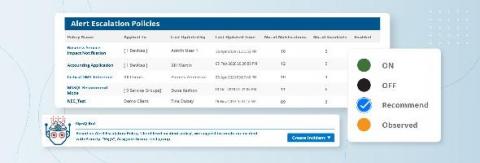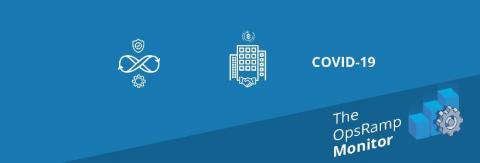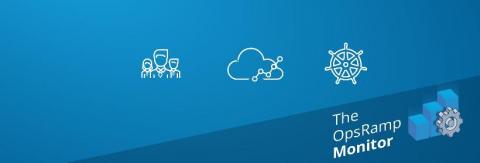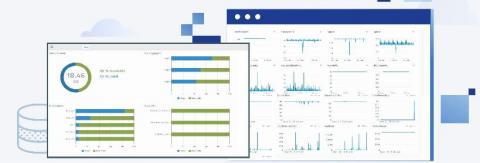The OpsRamp Monitor: IT Cost-Cutting, Self-Service, Tiny AI
The OpsRamp Monitor is OpsRamp’s top weekly review of interesting developments and emerging trends in IT operations. Subscribe to our blog for the latest and greatest in monitoring, DevOps, AIOps and cloud computing and stay on top of everything Ops.













